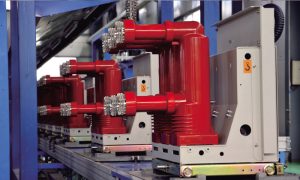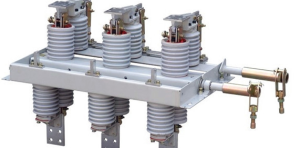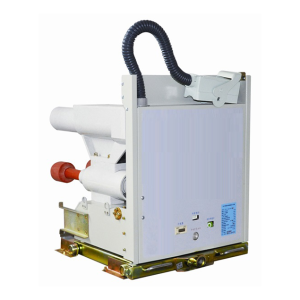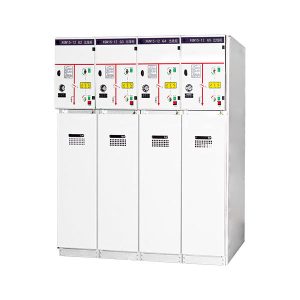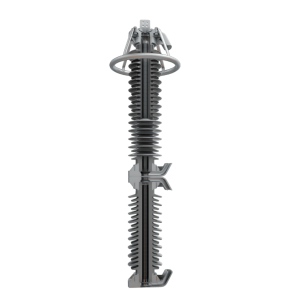Medium Voltage (MV) switching devices are electrical components and equipment designed to control, protect, and manage the flow of electrical power in medium voltage electrical systems. Medium voltage typically refers to voltage levels ranging from 1 kV (kilovolt) to 36 kV, although the specific voltage range may vary depending on regional standards and applications. MV switching devices are essential for the safe and reliable operation of electrical distribution systems. Here are some common MV switching devices:
-
Circuit Breaker (CB):
Circuit breakers are protective devices that automatically interrupt the flow of electrical current in a circuit when an abnormal condition, such as a short circuit or overload, is detected. MV circuit breakers are designed to handle medium voltage levels and are crucial for protecting electrical equipment and preventing damage.(Including DC circuit breakers or AC circuit breakers )

-
Load Break Switch (LBS):
Load break switch are used for making and breaking electrical circuits under normal load conditions. They are often employed in ring main units (RMUs) for sectionalizing and isolating portions of a distribution network.

-
Disconnect Switch (Disconnector):
Disconnect switch, also known as isolators or disconnectors, are manual switching devices used to physically disconnect electrical equipment from power sources for maintenance, servicing, or safety purposes.

-
Contactor:
Contactors are electromechanical switches designed to control the operation of motors, capacitors, and other loads in medium voltage systems. They are often used in motor control centers (MCC) and for switching capacitors.

-
Reclosers:
Reclosers are specialized circuit breakers that automatically reclose after a brief delay when a fault occurs. They are commonly used in overhead distribution networks to minimize power outage durations caused by transient faults.
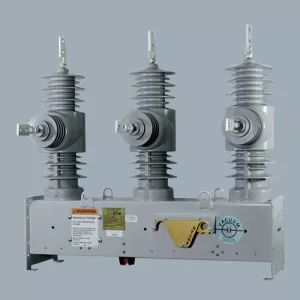
-
Ring Main Unit (RMU):
RMU are compact, enclosed units that house various MV switching devices, including circuit breakers, load break switches, and disconnectors. They are employed in secondary substations and underground distribution networks.

-
Fuse Cutout:
Fuse cutouts are protective devices that incorporate fuses to interrupt current flow in the event of a fault. They are typically used in overhead distribution lines.

-
Voltage Regulator:
Voltage regulators are used to control and adjust voltage levels within prescribed limits. They are vital for maintaining voltage quality and stability in MV distribution networks.
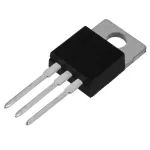
-
Surge Arrester:
Surge arrester, also known as lightning arresters, protect electrical equipment from voltage surges caused by lightning strikes or other transient events. They divert excessive voltage to the ground.

-
Sectionalizer:
Sectionalizer work in conjunction with reclosers to automatically isolate faulty sections of a distribution line, helping to reduce outage durations and enhance network reliability.
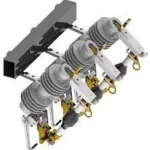
-
Capacitor Bank:
Capacitor banks are used for power factor correction and voltage support in MV systems. They improve network efficiency and stability.
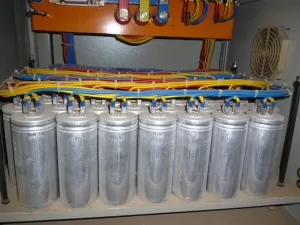
-
Busbar:
Busbars are conductive bars or metallic strips that serve as electrical junctions for connecting various components in medium voltage switchgear and substations.

These MV switching devices play a critical role in ensuring the safe, efficient, and reliable distribution of electrical power in medium voltage systems. The selection of specific devices depends on the voltage level, application, and operational requirements of the electrical network.
